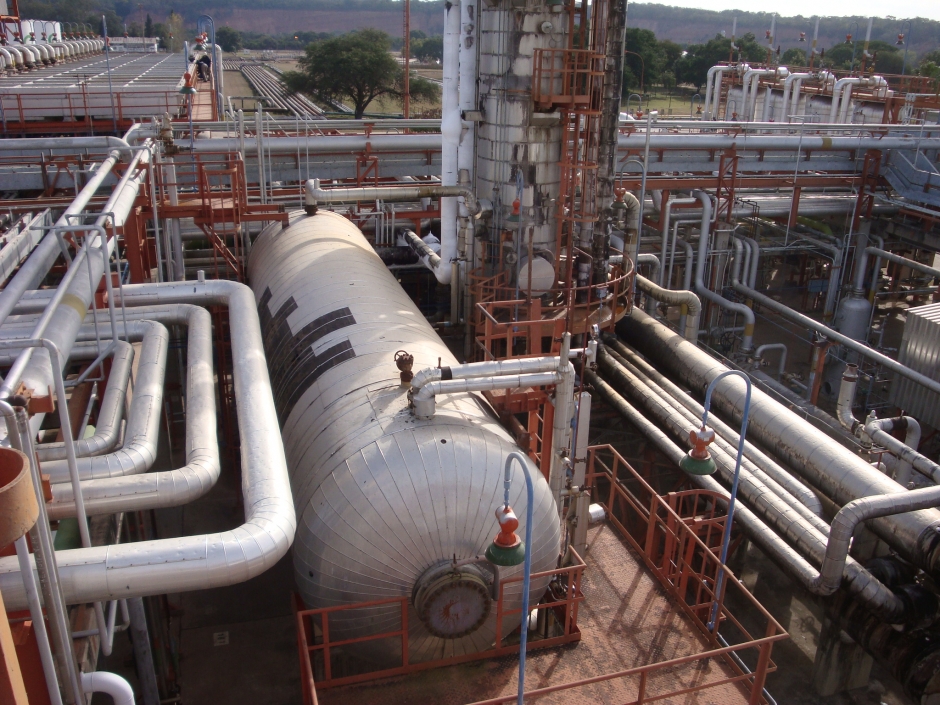Trying to pressurize hazardous materials to a closely monitored value is a harnessing method popular with the laws of physics. The aim is to diminish any unpredictable or dangerous characteristics of chemical fuel, especially if that fuel exists in a different state. The pressure vessel designs help harness the physics laws to help reduce the dangers of highly flammable liquid or gas. Furthermore, the static pressure vessel comes in to help in holding the gas at a certified value, condensing it into a liquid state, which significantly reduces the threat. Therefore, here is an explanation of static pressure vessels and their possible applications.
Static Pressure Vessels?
These are containers designed to store or hold gasses or liquids at a pressure different from the surrounding atmosphere and exceed the ambient pressure construction of the stored material. The main aim of this kind of fabrication is to provide safety factors that come with a second focus: to protect the pure contents from contamination.
How Static Pressure Vessels Work:
Once stored in the static pressure vessels, the static pressure then alters the properties of the stored element, whether gas or liquid. This, in turn, offsets the evaporative characteristics through condensation of the substance. This reduces the space the substance would otherwise fill at standard atmosphere pressures. Containing static pressure depends on maintaining a balance removing the undesirable pressure changes, and exchanging those changes with a flat line. Furthermore, outfitted precision valves and monitoring gauges using high-end instrumentation are in place to help maintain this linear characteristic.
However, according to equipment fabricators, vessel design fabrication is the primary factor in the supply of tensile strength that keeps the structure and shape of the container. Therefore, pressure vessel manufacturers in India must ensure that the fabricated and rolled material of the vessel is properly welded and tested to avoid any possible flexes during sudden pressure variations or temperature changes.
Applications of Static Pressure Vessels
The main purpose of the static pressure vessel is to take in the gaseous matter that naturally exists in the environment and then dictate the space where it will be contained, after which the condensed matter will still be contained within the vessel. This vessel is popular within chemical processing plants, and the processing framework of the firm only exists as far as the static vessel goes. These are some of the common applications it can handle.
The Oil Industry
One of the most common static pressure vessel applications is in the petroleum, oil, and gas industry. These industries must meet the highest standards and demand regarding quality, supply conditions, and testing. Therefore, pressure vessel manufacturers in India must have all the necessary expertise to meet all these demands.
The oil and gas industries use several acres of static storage containers. They are usually arranged in rows and columns to hold the end-stage products before pumping or shipping the fuel to the final stage of the refinery.
Use in Cryogenics
Static pressure vessels are also applicable in cryogenics to aid in storing liquid nitrogen, oxygen, and other cryogenic gasses. Most static pressure vessel fabrications may come from some basic equipment fabricators. However, only a few in use today still require the same construction practices to avert any potential weak spots.
Food Industry
Apart from all the petrochemical plants and oil and gas industries, static pressure vessels are also used in the food industry to aid storage applications. These pressure vessels have low, medium, and high-yielding steel plates that offer a wide range of storage capabilities.
Agricultural Industry
The pressure differentials in the static pressure vessels help keep farm seeds and grains pressurized to prevent the agricultural matter from spoiling. In addition, the same pressurization system in the vessels aids in disregarding the presence of any contaminants, a vital concern when it comes to storing foodstuffs.
However, other farming factors can complicate the static pressure systems. Such factors include grain drying. In such circumstances, low static pressure is applicable where the extraction fans help remove any factors that may alter the pressure.
Static pressure vessels have numerous safety benefits in small spaces or industries. They help with contaminants and prevent any contaminations. Being commercial ventures, they highly depend on high-quality fabrications. A reliable one should always have repeatable pressure characteristics with a desirable layout in delivering only the best in this rather competitive field.

